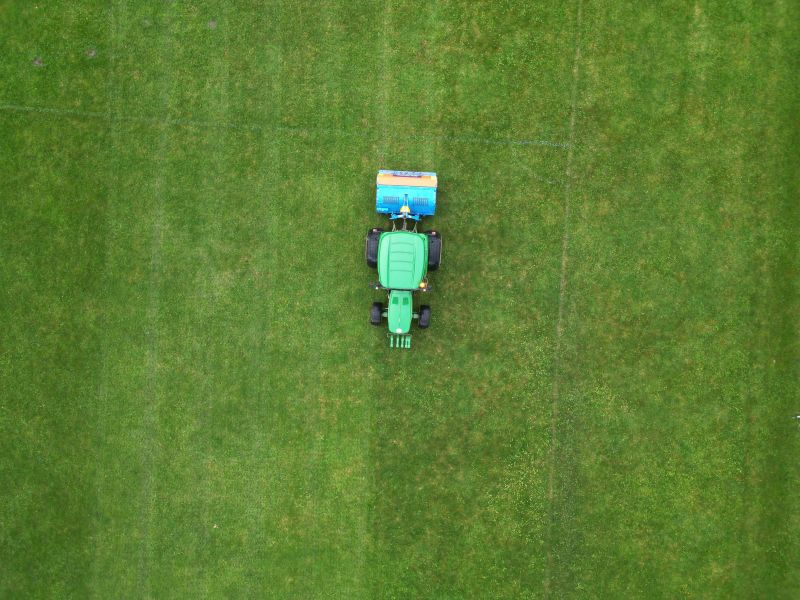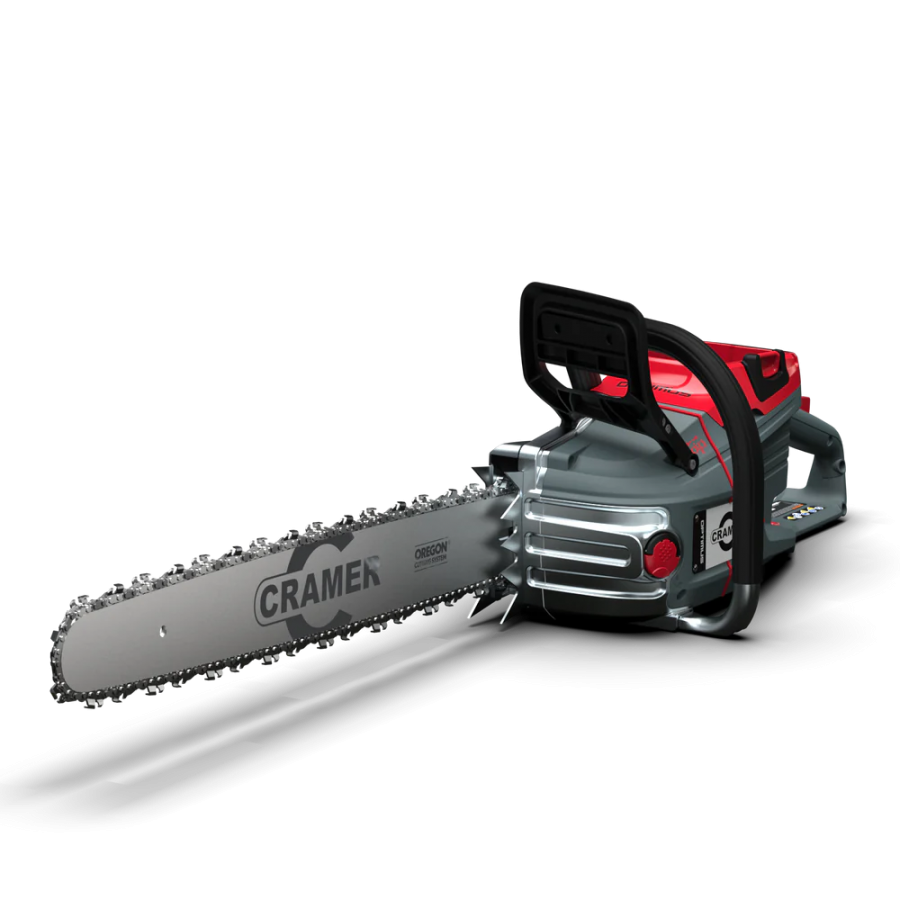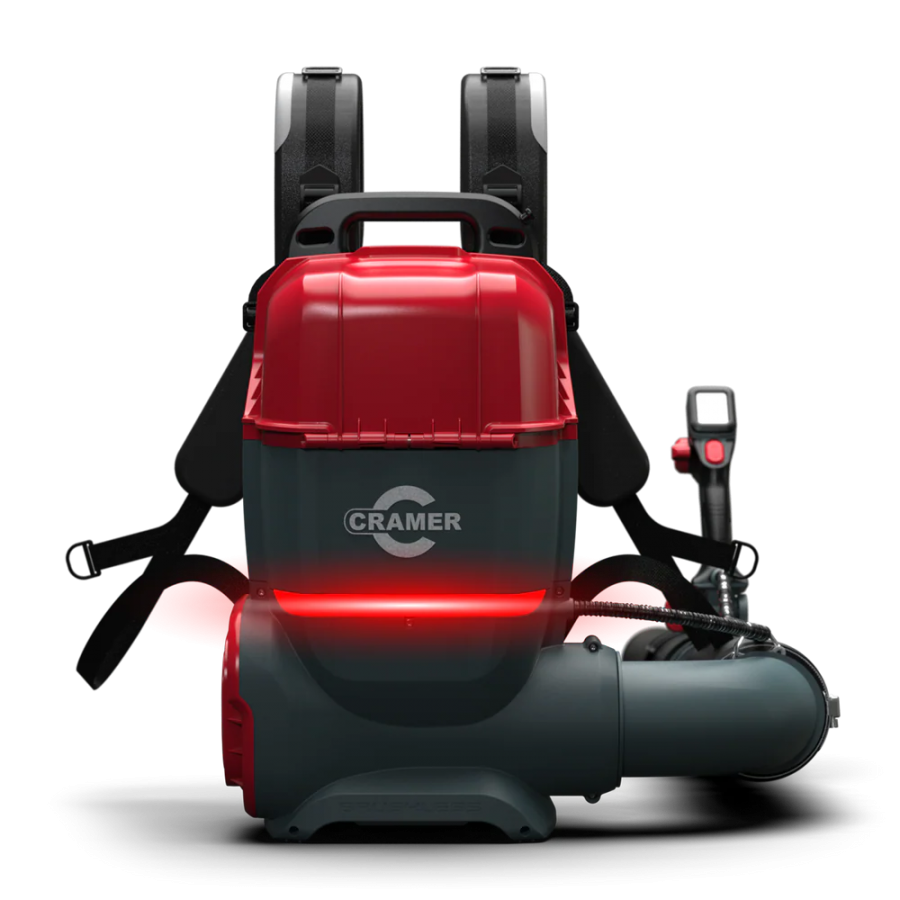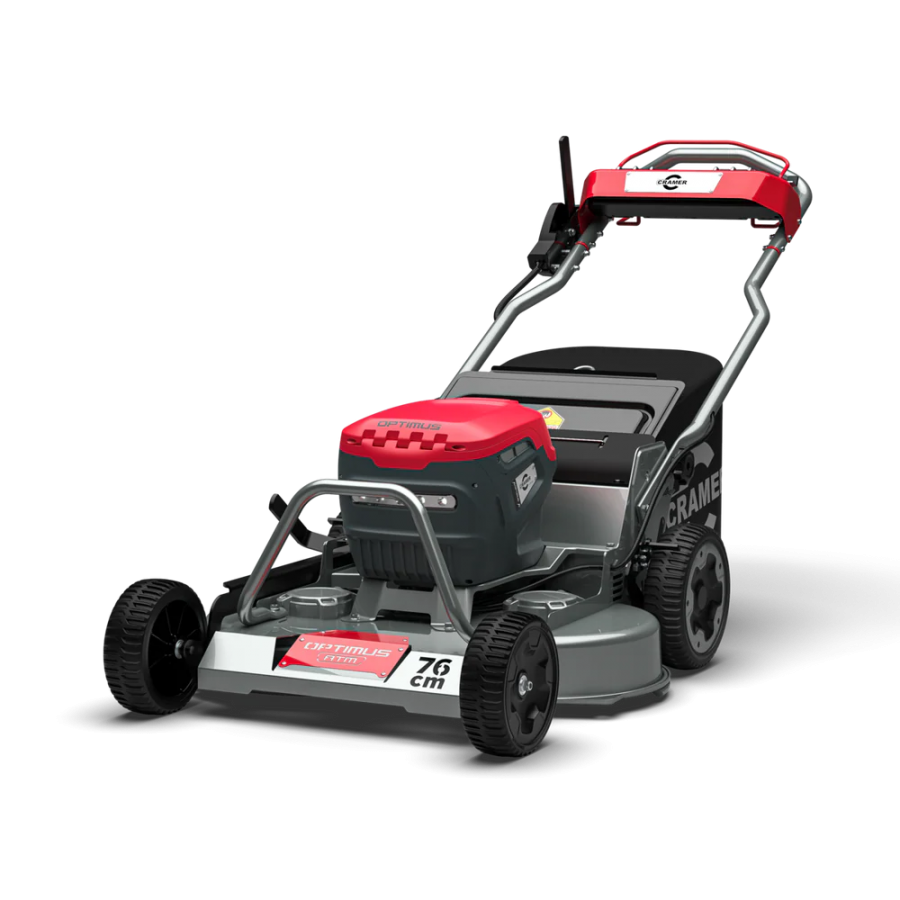The UK’s warmest summer on record has taught UK grounds staff seven valuable lessons, according to experts from a leading sports pitches specialist.
SIS Pitches has installed pitches or offered maintenance advice for more than half of the Premier League’s stadiums or training grounds in preparation for the 25/26 season and has seen an influx of queries from grounds staff across the UK’s sporting landscape.
Many have been seeking assistance with how to respond to the prolonged dry spells and hosepipe bans faced over the course of the summer.
Dean Gilasbey, Director of Field Services at SIS Pitches has worked in over 80 countries, honing his expertise in diverse climates, including the south of France, Eastern Europe, Africa, and India, where he developed specialised knowledge of working in warmer, drier conditions. His impressive portfolio includes contributions to six UEFA Champions League finals, six UEFA Europa League finals, and prestigious FIFA and UEFA tournaments.

According to Dean and his colleagues at SIS Pitches, advice has centred on seven key areas:
Plan next summer’s pitch maintenance components now
“While the temptation may be to breathe a sigh of relief that the heavens have finally re-opened since the end of August, all the evidence suggests our summers are only likely to get even warmer and drier, so now is the perfect time to plan for next year.
“Investing in the infrastructure and products needed to survive the dry conditions now means there will be far less chance of being caught off guard should we experience similar conditions next year as many of the preventative strategies we recommend will require some advanced planning.”
Install a borehole water supply
“Hosepipe bans are introduced to alleviate pressure on our mains water supplies, so clubs and facilities with their own borehole supply will always be at an advantage. Drilling a borehole this autumn or winter will allow sufficient time to consider any potential water treatment requirements and will ensure an accessible supply is in place well ahead of any hosepipe bans coming into force next summer.”
Consider your grass species
“We all know that not all species of grass are equal, so using a species more suitable to warmer climates such as Poa Pratensis is well worth considering.
Aerate soil in advance
“A big piece of advice from Michael, Walker, our Operations Manager at SIS, is aeration. Aeration plays an important role in creating fissures underground to aid water movement and can significantly boost your chances of protecting the condition of the pitch when rain is scarce. Better still, aeration can also help to cool the temperature of the grass down too.
“By aerating in advance of any irrigation or anticipated rainfall, you can prevent hydrophobic conditions and allow more moisture to be absorbed by and circulated within the pitch profile. A word of caution, however, is that aerating areas which are already dry will have a negative impact on the pitch by allowing the full profile to completely dry out. Both liquid and mechanical aeration can be used in tandem to crack underground passages open and aid effective water circulation. Chemical aeration should generally be seen as a preventative measure so should be planned ahead to ensure it can be used little and often, according to the manufacturer’s guidelines.”
Use a wetting agent
“Wetting agents are rarely promoted in the UK given our average annual rainfall is high. But they can be invaluable during a prolonged drought. In simple terms, a wetting agent reduces the surface tension of water on a grass pitch, allowing it to move more effectively through the soil and into the rootzone. The use of a wetting agent, specifically a surfactant type, will help to retain the moisture already held within the pitch profile, which is especially important in anticipation of a dry spell. This helps to preserve the condition of the playing surface as a result.”
Pigment to protect
“Applying a grass pigmentation product to the turf itself will not only enhance its appearance but also acts as an equivalent to sun cream for grass – reducing its temperature and reflecting harmful UV rays to keep it healthier for longer.”
Introduce a summer-specific pitch maintenance regime
“Planning ahead will get you so far, but when those particularly dry summer months do come along, flexibility is key. Adjusting your maintenance regime by following some key principles during the height of summer can keep your pitch healthy for longer:
- Increase the height of your mowing: raising the height of your mower setting will keep the blades of grass that bit longer to improve moisture retention. Better still, the longer blades promote photosynthesis, which supports deeper, stronger root growth to access water from deeper soil layers.
- Reduce mowing frequency: there may be a temptation to keep up with your regular routine as the season draws closer but reducing how often you mow your pitch will also improve water retention and root growth as outlined above. As a general rule, if it’s too hot for you, it’s also too hot for the grass, so aim to mow during the cooler parts of the day.
- Avoid sodium-based fertilisers: Sodium has a tendency to increase soil compaction and draw water away from grass roots, both of which will stifle growth. Avoid the use of sodium-based fertilisers to give your pitch the best possible chance to bounce back from a drought quickly.
- Irrigate early in the morning: Provided you are not affected by any hosepipe bans, irrigating your pitch as early as possible in the morning will reduce evaporation and ensure as much water as possible makes it to the rootzone, where it is needed most.
- Avoid any form of plant stress mid-heatwave: It is always best to scarify ahead of any dry spell to create air movement at the crown of the plant. This in turn will prevent the plant from sweating, which can cause disease, and avoid the temptation to scarify when the grass is under any form of stress from the heat.
“Although many of our sports’ elite level clubs may be exempt from hosepipe bans, this summer certainly caused some stress for those maintaining community pitches at grassroots level. Applying as many of these tips as possible will ensure your pitches don’t suffer quite as much in 12 months’ time.”







